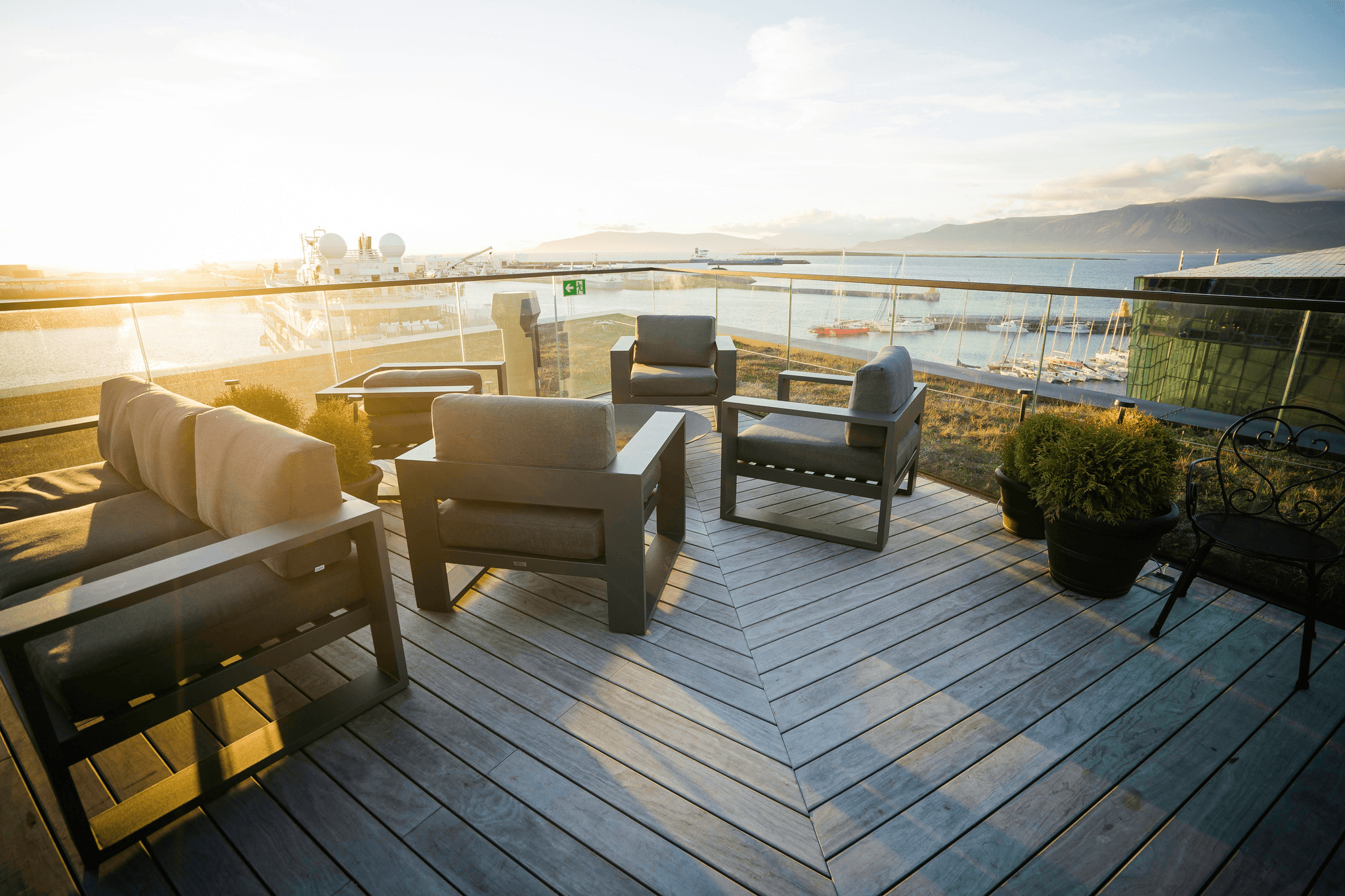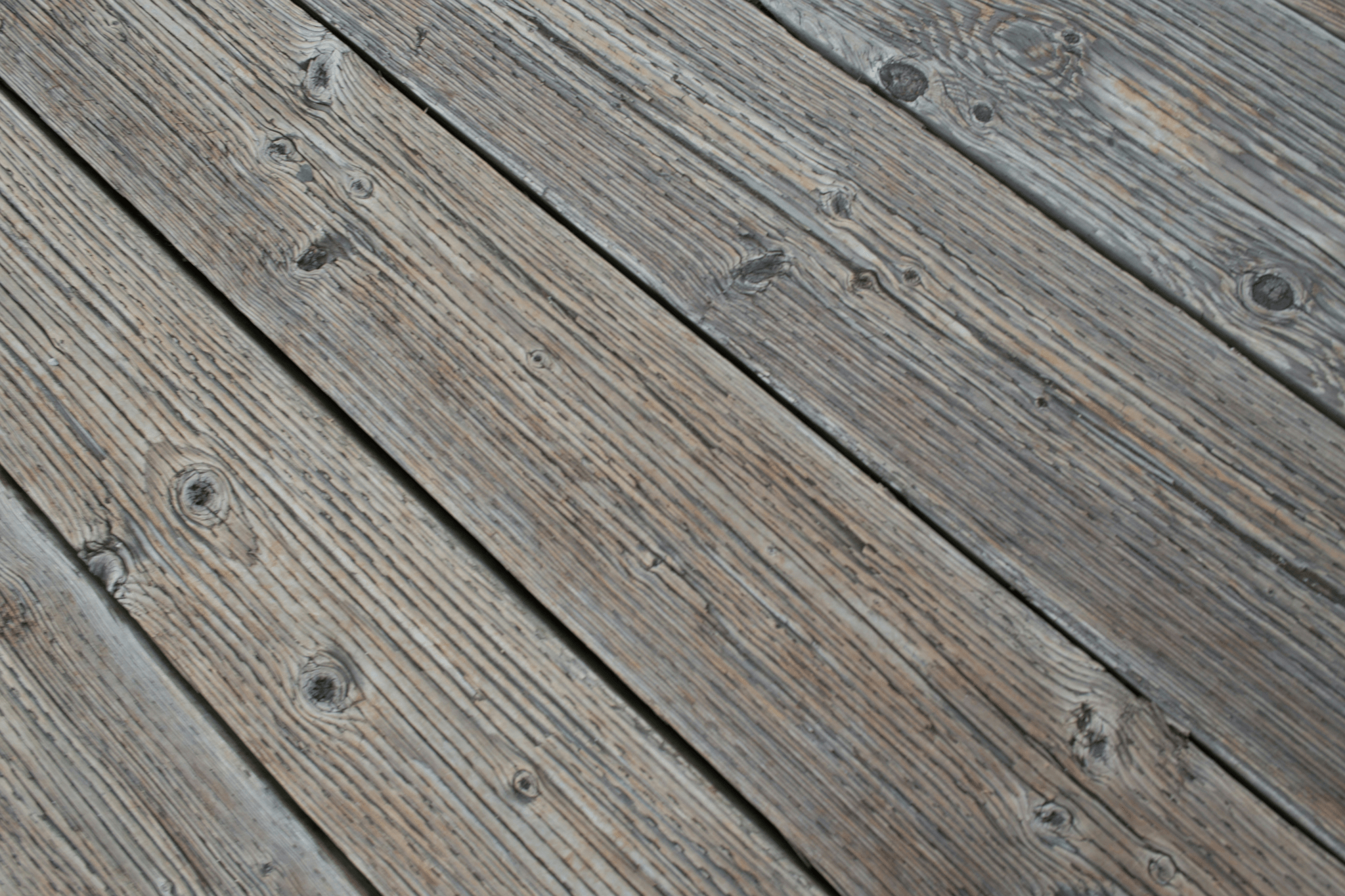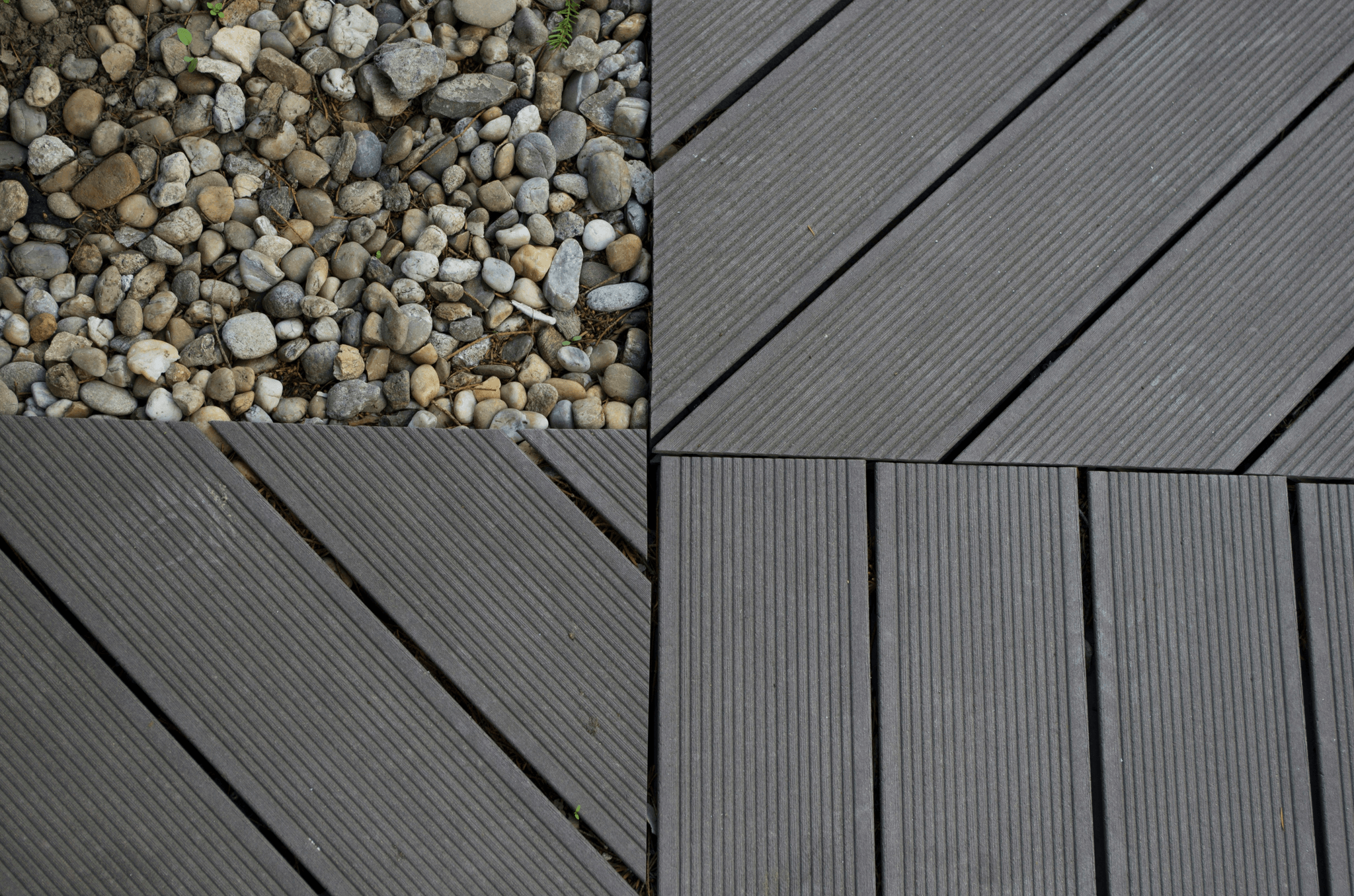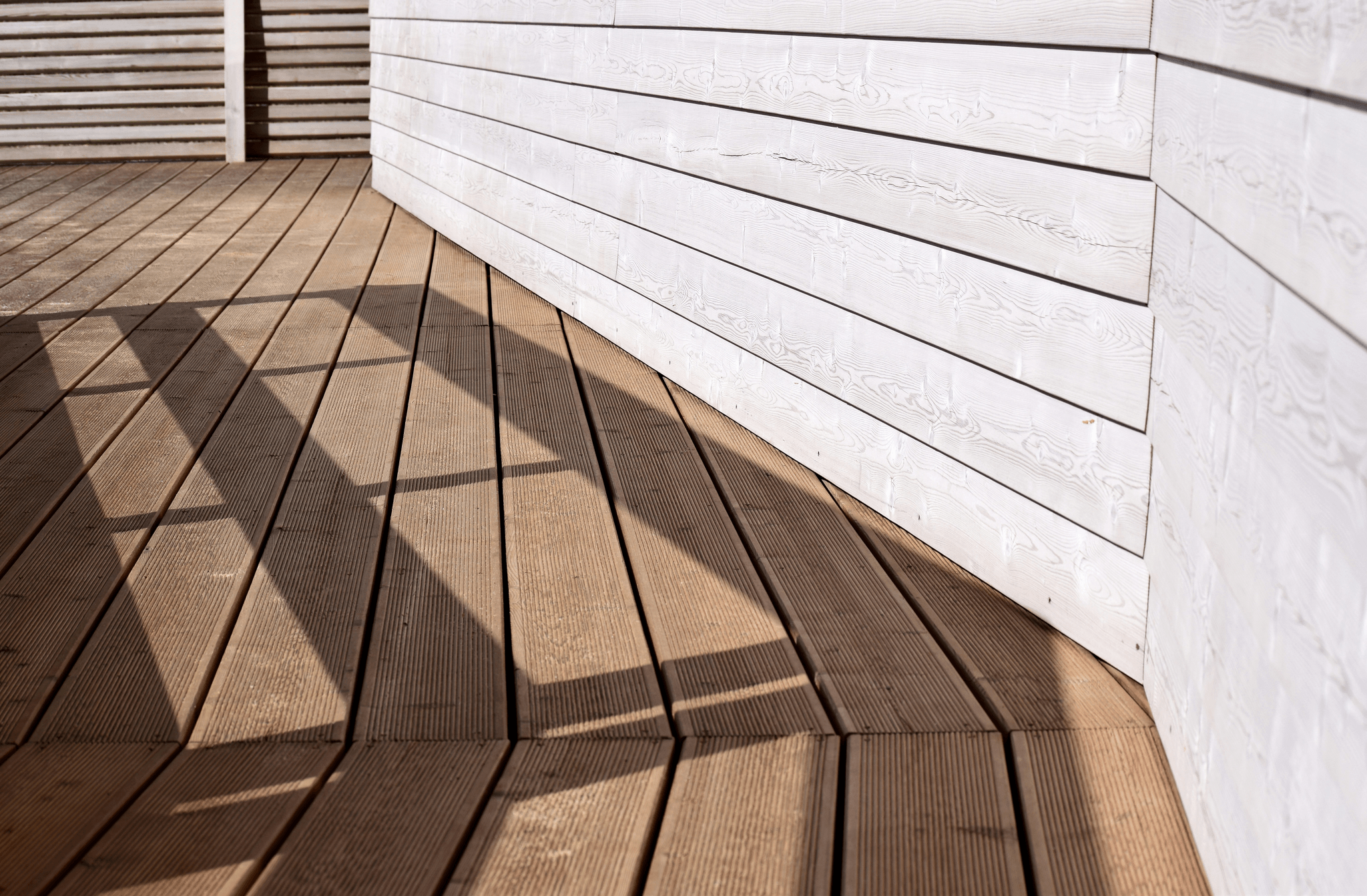Introduction

Understanding Composite Wood Decking
Composite wood decking is engineered from a blend of recycled materials, primarily wood fibers and plastic, creating a product that mimics the beauty of natural wood without the associated maintenance woes. These composite deck boards are designed to withstand the elements, offering durability and resistance to rot and insects. As outdoor living spaces gain popularity, knowing what is wood composite made of becomes essential in appreciating its benefits.
Advantages of Choosing Composite Decking
One of the standout advantages of choosing composite lumber decking is its low-maintenance nature; unlike traditional wood decks that require regular staining or sealing, composite options only need occasional cleaning with soap and water. Additionally, these materials come in various colors and textures, allowing homeowners to customize their outdoor aesthetics effortlessly while enjoying long-lasting performance. With brands like Composite Decking Inc competing closely with Trex in quality and innovation, you can find options that suit both your style preferences and budget.
The Environmental Impact of Composite Decking
The environmental impact of composite decking is another compelling reason to consider this material for your outdoor projects. Made from recycled products, such as plastic bags and leftover wood scraps, these composites reduce waste while providing sustainable alternatives to traditional lumber sources that contribute to deforestation. By choosing composite deck boards from reputable brands like Composite Decking Inc or Trex, you can enjoy beautiful outdoor spaces while supporting eco-friendly practices.
What is Composite Wood Decking?

Composite wood decking is a modern alternative to traditional timber, designed to enhance outdoor spaces with durability and aesthetic appeal. Made from a blend of materials, it combines the best features of wood and plastic, creating a product that resists fading, staining, and warping. This innovative approach not only provides homeowners with beautiful composite deck boards but also contributes to sustainable building practices.
Definition and Overview
At its core, composite wood decking refers to materials made from a mixture of recycled wood fibers and plastic. This combination results in composite lumber decking that mimics the look of natural wood while offering superior performance in various weather conditions. Homeowners increasingly favor composite decking due to its low maintenance requirements and long-lasting nature compared to traditional wood options.
Key Materials in Composite Decking
The primary components of composite decking include recycled wood fibers, high-density polyethylene (HDPE), or polyvinyl chloride (PVC). These materials work together to create durable composite deck boards that withstand the test of time while maintaining their beauty. Additionally, many manufacturers incorporate eco-friendly practices by using post-consumer waste products, making these options even more appealing for environmentally conscious consumers.
How Composite Wood Differs from Traditional Wood
When comparing composite wood with traditional lumber, several key differences emerge that highlight the advantages of choosing composite materials. For starters, while traditional wood requires regular sealing and staining to maintain its appearance and prevent decay, composite lumber decking offers built-in resistance against moisture and insects without extensive upkeep. Furthermore, unlike natural wood which can splinter or warp over time, composite deck boards retain their shape and finish for years—making them an investment worth considering for any homeowner looking to elevate their outdoor living space.
What is Wood Composite Made Of?

When considering what wood composite is made of, it's essential to understand its unique composition that sets it apart from traditional lumber. Composite decking typically combines wood fibers and plastic resins, resulting in a material that boasts durability and resistance to the elements. This innovative blend not only enhances performance but also caters to eco-conscious consumers looking for sustainable options.
Breakdown of Common Components
Composite wood decking boards are primarily composed of two main materials: wood fibers and plastic. The wood fibers are often sourced from recycled sawdust or wood shavings, which helps reduce waste while providing a natural appearance. On the other hand, the plastic component can be made from various recycled plastics, contributing to the overall sustainability of composite lumber decking.
In addition to these primary components, some manufacturers might incorporate additives for color enhancement or UV protection. These additives ensure that composite deck boards maintain their vibrant appearance over time despite exposure to sunlight and weather conditions. Thus, understanding what is wood composite made of reveals a thoughtful combination of materials designed for longevity and aesthetic appeal.
Resins and Recycled Materials
Resins play a crucial role in the formation of composite decking by binding together the wood fibers and plastics during manufacturing. Typically, thermoplastic resins such as polyethylene or polypropylene are used due to their excellent durability and resistance to moisture. By utilizing recycled materials in both components—wood fibers from post-consumer products and plastics from bottles or containers—composite lumber decking emerges as an environmentally friendly choice.
Moreover, this recycling process not only minimizes landfill waste but also reduces the demand for virgin materials in production. As a result, brands like Composite Decking Inc take pride in offering products that align with sustainable practices while delivering high-quality solutions for outdoor living spaces. Understanding what is wood composite made of thus highlights its eco-friendly nature alongside superior performance.
The Role of Fiber in Composite Lumber
Fiber serves as one of the foundational elements in composite lumber decking, providing structural integrity while enhancing aesthetics reminiscent of natural wood grain patterns. The inclusion of fiber allows manufacturers to create various textures and finishes on composite deck boards that appeal to homeowners seeking visual charm without compromising strength or durability. This adaptability means you can enjoy beautiful outdoor spaces without worrying about splintering or warping common with traditional timber.
Additionally, fiber contributes significantly to the overall weight distribution within composite materials, ensuring stability during use under varying environmental conditions like rain or snow accumulation. Furthermore, using high-quality fiber sourced from sustainable forestry practices reinforces not just performance but also promotes responsible resource management across industries involved in decking solutions like those offered by Composite Decking Inc versus competitors like Trex.
In summary, when pondering what is wood composite made of—from its breakdown into key components through resin utilization down to fiber's vital role—you'll discover a sophisticated blend aimed at elevating outdoor experiences while being kind on our planet too.
Types of Composite Decking Options

Composite Deck Boards Explained
Composite deck boards are engineered materials made from a blend of wood fibers and plastic. This combination gives them the appearance of traditional wood while providing enhanced durability and resistance to environmental factors like moisture and insects. By opting for composite wood decking boards, you’re investing in an outdoor solution that minimizes splintering and fading over time.
These boards come in various styles and colors, allowing homeowners to customize their decks according to personal taste or existing home design. Unlike traditional lumber, which can warp or crack under pressure, composite lumber decking maintains its shape and integrity through many seasons. So when you're asking yourself what is wood composite made of, remember that it's all about blending beauty with resilience.
Differences Between Capped and Uncapped Decking
One key distinction in the world of composite decking is between capped and uncapped options. Capped composite decking features a protective layer on its surface that enhances resistance to stains, scratches, and moisture absorption—essentially giving it an armor against everyday wear-and-tear. On the other hand, uncapped decking lacks this protective layer but often comes at a lower price point.
Choosing between these two types depends on your specific needs; if you want longevity with minimal maintenance, capped deck boards might be your best bet. However, if you're budget-conscious but still want the benefits of composite materials over traditional wood options, uncapped may suffice for your project needs. Regardless of choice, both types offer significant advantages over conventional lumber.
Popular Brands: Trex vs Composite Decking Inc
When it comes to choosing quality composite decking products, Trex often comes up as a household name; however, Composite Decking Inc is also making waves in the industry with equally impressive offerings. Both brands provide high-quality composite deck boards designed for durability while mimicking natural wood aesthetics effectively—so you won’t have to sacrifice beauty for functionality.
At Composite Decking Inc., we pride ourselves on transforming outdoor spaces with sustainable solutions that stand the test of time without breaking the bank or requiring excessive upkeep like traditional wood does. Our commitment to eco-friendly innovation ensures that our products not only look good but also contribute positively toward environmental sustainability—something Trex champions as well but at varying price points depending on product lines.
Ultimately, whether you lean towards Trex or opt for Composite Decking Inc., both brands deliver exceptional quality in their respective offerings ensuring your outdoor living space remains stunning year-round.
Maintenance Tips for Composite Decks

Maintaining your composite deck is key to ensuring it remains a stunning feature of your outdoor space for years to come. Unlike traditional wood, which can warp and splinter, composite wood decking boards require less frequent upkeep, but they still need some TLC to keep them looking their best. Here are some essential maintenance tips that will help you enjoy your composite lumber decking without the hassle.
Cleaning and Care Guidelines
To keep your composite deck boards in prime condition, regular cleaning is essential. Simply using a broom or leaf blower can remove debris like leaves and dirt, but for deeper cleaning, a mixture of soap and water does wonders—just avoid harsh chemicals that could damage the surface. For tougher stains or mildew, a gentle scrub with a soft-bristle brush should do the trick; remember to rinse thoroughly afterward to prevent residue buildup.
It’s important to note that while composite decking is designed to resist fading and staining, it’s not entirely immune. Regular maintenance will help you understand what is wood composite made of and appreciate its durability even more. By following these care guidelines, you can ensure your outdoor space remains inviting without excessive effort.
Longevity and Durability Benefits
One of the standout features of composite decking is its impressive longevity compared to traditional wood options. While natural wood may require frequent replacement due to rot or insect damage, high-quality composite lumber decking can last 25 years or more with proper care—talk about an investment! This durability means less hassle over time; fewer repairs translate into more time enjoying barbecues on your deck rather than worrying about upkeep.
Moreover, many brands like Composite Decking Inc offer warranties that reflect their confidence in product longevity—typically ranging from 25 years up to limited lifetime guarantees. The resilience of these materials against weather elements further enhances their appeal: no warping from rain or cracking from sun exposure means you'll have peace of mind during every season! Embracing this technology allows homeowners not only beautiful outdoor spaces but also carefree living.
Common Mistakes to Avoid
One major mistake is neglecting regular cleaning; dirt accumulation can lead not just to unsightly appearances but also promote mold growth over time—yikes! Be sure you're using appropriate cleaning solutions as well; abrasive cleaners may scratch the surface while bleach could discolor those lovely hues you chose for aesthetic purposes.
Another mistake often made by DIY enthusiasts involves improper installation techniques leading directly into maintenance woes later on down the road. Ensure you follow manufacturer guidelines closely when installing your composite lumber decking so everything fits snugly without gaps where moisture might creep in—trust us; this will save you headaches later! Lastly, avoid placing heavy items directly on the surface for extended periods since they could cause indentations—a little precaution goes a long way!
Installation Process for Composite Lumber Decking

Installing composite lumber decking can seem daunting, but with the right preparation and knowledge, it can be a rewarding DIY project or a manageable task for professionals. Understanding what is wood composite made of and how to work with composite materials is crucial for a successful installation. This section will guide you through the necessary steps to ensure your outdoor space looks stunning and lasts for years.
Preparing the Area for Installation
Before diving into installing your composite deck boards, it's essential to prepare the area properly. Start by selecting a level surface where you plan to install your composite wood decking boards; this ensures proper drainage and stability. Clear away any debris, vegetation, or old decking materials, and consider using landscape fabric to prevent weeds from growing through your new deck.
Next, measure the area accurately to determine how many composite deck boards you'll need. It's wise to account for waste during cutting and fitting; typically, adding an extra 10% is a good rule of thumb. Finally, gather all necessary tools such as saws, drills, fasteners specifically designed for composite lumber decking, and safety gear before starting your project.
Steps to Install Composite Deck Boards
Now that you've prepared the area and gathered your tools, it's time to install those beautiful composite deck boards! Begin by laying out your joists according to manufacturer specifications—this usually involves spacing them 16 inches apart on center for optimal support. Securely fasten each joist in place using appropriate hardware that resists corrosion.
Once the framing is complete, start laying down your composite lumber decking boards from one edge of the deck toward the other. Ensure that each board has adequate spacing between them (typically 1/4 inch) to allow for expansion due to temperature changes—a common characteristic of what is wood composite made of materials. Use hidden fasteners or screws designed specifically for composite products; this will give your deck a clean finish without visible screw heads.
After all boards are installed, trim any overhangs as needed with a circular saw or jigsaw. Remember that these finishing touches contribute significantly to the overall appearance of your outdoor space!
Hiring Professionals vs. DIY
While many homeowners take on the challenge of installing their own composite decking, others may prefer hiring professionals like Composite Decking Inc who specialize in high-quality installations. If you're confident in your DIY skills and have experience with similar projects, installing composite lumber decking can be fulfilling—and potentially save you some cash! Just remember that proper planning is key: rushing through preparation can lead to costly mistakes later.
On the flip side, if you're unsure about what is wood composite made of or lack experience with construction projects altogether, enlisting professionals may be worth considering. They come equipped with expertise in working with various types of materials—including competing brands like Trex—and understand best practices when it comes to ensuring longevity and durability in outdoor spaces.
Ultimately, whether you choose DIY or hire experts depends on personal preference—just make sure whichever route you take leads you toward enjoying those gorgeous summer evenings on your new deck!
Conclusion

In wrapping up our exploration of composite wood decking, it's clear that this innovative material offers a plethora of benefits for outdoor spaces. From its durability to its low maintenance needs, composite decking truly stands out as a smart choice for homeowners and builders alike. As we look to the future, the role of composite lumber decking in enhancing outdoor living spaces is only set to grow.
Why Composite Decking is a Smart Choice
Composite decking is a smart choice primarily due to its resilience and longevity compared to traditional wood options. Homeowners can enjoy the beauty of natural wood without worrying about rot, splinters, or warping over time. This means less time spent on repairs and more time enjoying your outdoor oasis with family and friends.
Moreover, composite deck boards are designed to withstand the elements, making them ideal for various climates. The use of advanced technology in manufacturing ensures that these boards resist fading and staining while providing an attractive finish that can mimic real wood beautifully. When you choose composite wood decking boards from trusted brands like Composite Decking Inc or Trex, you're investing in quality that endures.
Comparing Costs with Traditional Wood
When comparing costs between composite decking and traditional wood, it’s essential to consider both upfront expenses and long-term savings. While the initial investment for composite lumber decking may be higher than that of traditional materials, homeowners often find themselves saving money over time due to reduced maintenance costs and longer lifespan. This makes composite deck boards not just a stylish choice but also a financially savvy one.
Additionally, many people overlook hidden costs associated with traditional wood—like frequent staining or sealing—that can add up quickly over the years. In contrast, products from companies like Composite Decking Inc provide durable options that require minimal upkeep while still looking fantastic season after season. Ultimately, when you weigh all factors involved in your decision-making process, choosing composite materials proves advantageous both economically and aesthetically.
The Future of Outdoor Living Spaces
As we envision the future of outdoor living spaces, it’s clear that materials like what is wood composite made of will play an increasingly significant role in design trends. With more homeowners prioritizing sustainability alongside style, innovations in composite decking will continue to evolve—offering even more eco-friendly solutions without compromising on aesthetics or function.
The rise in popularity of outdoor gatherings has led many designers to incorporate versatile features using durable materials such as composite lumber decking into their plans seamlessly blending beauty with functionality. So whether you’re dreaming about hosting summer barbecues or quiet evenings under twinkling lights on your new deck made from high-quality composites like those offered by Composite Decking Inc., it’s evident that these spaces are becoming essential extensions of our homes.
